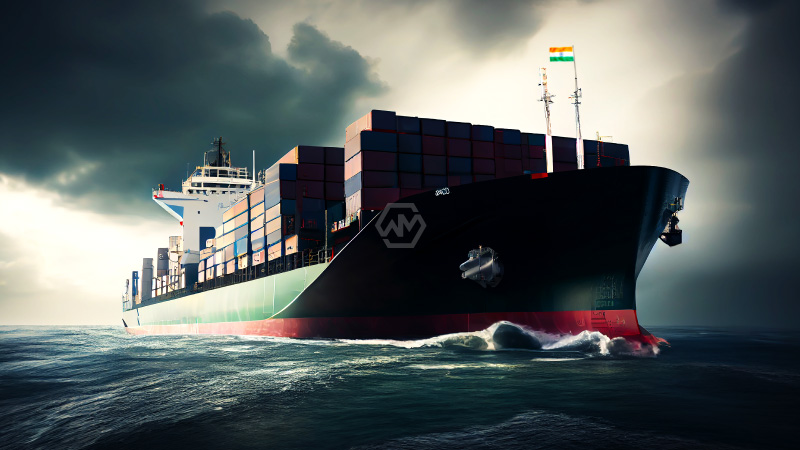- This is important as India’s merchandise commodities to the European Association (EU) have previously eased back.
- Because of debilitating interest in the setting of the Russia-Ukraine war.
- The EU adds to north of 15% of India’s absolute products sent out.
The Red Ocean, an imperative conductor for East-West exchange, is seeing tenacious disturbances because the Yemeni Houthi local army assaults ships, causing a critical increase in fuel and interest costs, longer journeys, and stressing the limits of the operations area.
The expenses of Indian commodities and sea cargo rates for merchandise from Asia to Europe have dramatically increased, driven by high insurance installments payouts and holder costs, exporters and industry authorities said.
Effects of the Red Sea Crisis on Indian Exports
Almost 80% of India’s exchange with Europe, assessed at almost $15 billion every month, passes through the Red Ocean however taking off transportation expenses and rising oil costs are stirring up fears of reestablished expansion.
Besides, various ecological-related exchange estimates, for example, the carbon line change system and EU’s deforestation regulation are dreaded to hit India’s products going ahead.
The service expressed that there has been an expansion in assaults on business transporting vessels going through the lower Red Ocean since mid-November and 80 percent of India’s product exchange with Europe passes using Red Ocean.
The service said that the Red Ocean district is imperative for 30% of worldwide compartment traffic and 12 percent of worldwide exchange and around 95% of vessels have rerouted around the Cape of Good Expectation, adding 4000 to 6000 nautical miles and 14 to 20 days to ventures.



